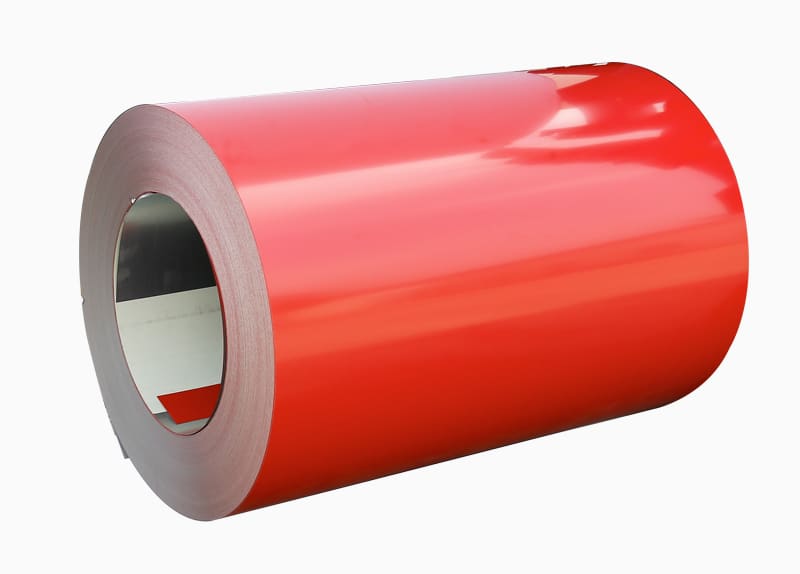Summary: Common mechanical properties of this material are tensile, impact and hardness. For different purposes, the items that r...
Common mechanical properties of this material are tensile, impact and hardness. For different purposes, the items that require color-coated board inspection are different. Generally speaking, the color-coated panels used in building envelopes are only tensile tests. The test items are tensile strength, yield strength and elongation. When the stress exceeds the elastic limit, the deformation type of the substrate increases rapidly when stretched. When the stress reaches the yield point, the plastic strain increases greatly and the curve exhibits a wavelet plateau, called yielding. The maximum stress and the minimum stress in this link are called the upper and lower buckling points, respectively.

Tensile strength (Rm or Ts), also known as strength limit, refers to the maximum stress value a material can withstand before being stretched. When the yield of the matrix reaches a certain level, the resistance deformation capacity increases again due to the rearrangement of the internal grains, and the deformation develops rapidly, but it can only increase with the increase of the stress before the stress reaches a larger value. After that, the resistance of the matrix to deformation decreased significantly, and a large plastic deformation occurred in the weakest place. The greater stress before tensile fracture of the matrix is called the ultimate strength or tensile strength.
The ratio of the total elongation of the substrate after tensile fracture to the original pitch length. Rockwell hardness, the main principle of surface Rockwell hardness test is to press the indenter on the surface of the sample with the initial test force, and then press the indenter on the surface of the sample with the total test force. After the specified residence time, the main test force is released and the hardness value is calculated in increments of the measured residual indentation depth.






